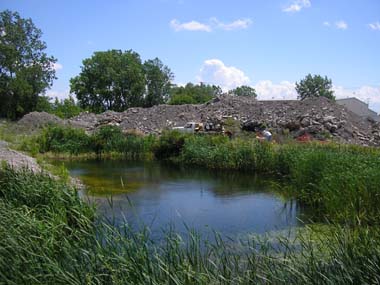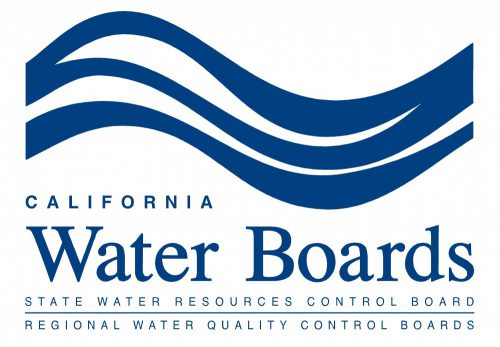Making good decisions – Getting results During the recent drought, Californians were called to reevaluate how we use, manage, and share water to get through the crisis. Farmers received only small fractions of the surface water they needed to grow food, and strident mandatory cuts were imposed on our cities, forcing us all to ask how to […]
Reactions to State Board Unimpaired Flows Action
Reactions to State Board Unimpaired Flows Action On September 15, the State Water Resources Control Board released an updated proposal for the Bay Delta Water Quality Plan, expanding the pursuit of increased flow in it’s approach for addressing species decline in the Sacramento-San Joaquin River system. “If implemented, the State Water Board’s rule will have […]

